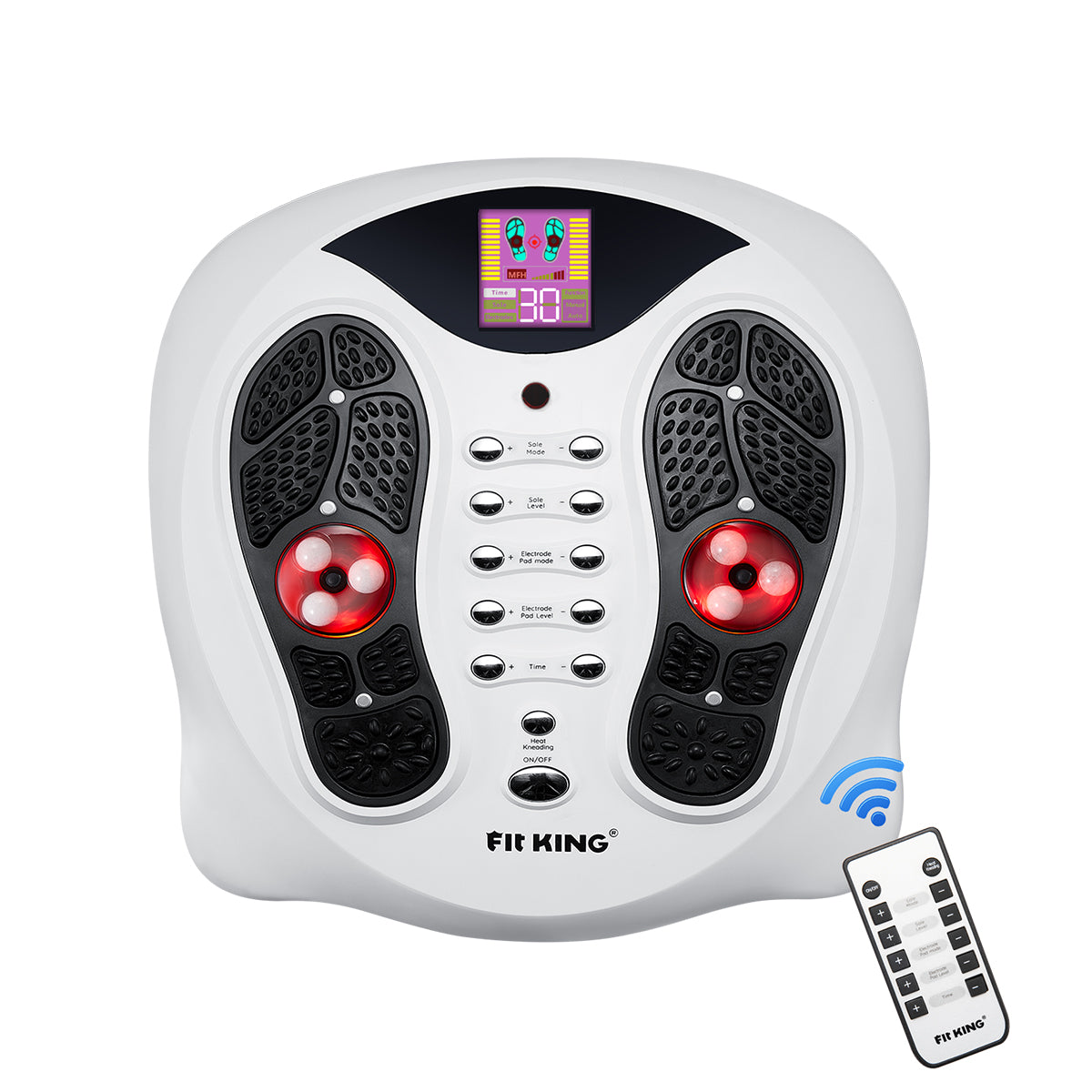In today's digital age, many people spend the majority of their workday sitting at a desk and typing on a computer. While office jobs offer many benefits, they also come with a risk of developing carpal tunnel syndrome, a painful and potentially debilitating condition that affects the hands and wrists. In this blog post, we will discuss what carpal tunnel syndrome is, how it develops, and most importantly, how to prevent it while working in an office environment.
Understanding Carpal Tunnel Syndrome
Carpal tunnel syndrome is a common condition that occurs when the median nerve, which runs from the forearm into the hand, is compressed or squeezed at the wrist. This compression can cause pain, numbness, tingling, and weakness in the hand and wrist, making it difficult to perform everyday tasks like typing, writing, or gripping objects.
Risk Factors for Developing Carpal Tunnel Syndrome
Several risk factors can increase your likelihood of developing carpal tunnel syndrome, including:
- Repetitive hand and wrist movements, such as typing or using a mouse
- Poor ergonomic setup at your workstation
- Diabetes, arthritis, or other underlying health conditions
- Pregnancy, which can lead to fluid retention and swelling in the wrist
- Obesity, which can put added pressure on the median nerve
Tips for Preventing Carpal Tunnel Syndrome
1. Ergonomics
One of the key ways to prevent carpal tunnel syndrome in an office job is to make sure that your workstation is set up ergonomically. This means that your desk, chair, and computer are all positioned in a way that reduces strain on your wrists and hands. Some tips for creating an ergonomic workstation include:
- Positioning your keyboard and mouse at elbow height
- Using a wrist rest to support your wrists while typing
- Keeping your wrists straight and in a neutral position while typing
- Adjusting your chair so that your feet are flat on the floor and your knees are level with your hips

2. Taking Breaks
Another important way to prevent carpal tunnel syndrome is to take regular breaks throughout the day. Taking breaks allows your muscles and tendons to rest and recover, which can help prevent overuse injuries like carpal tunnel syndrome. Some tips for taking breaks include:
- Taking a 5-10 minute break every hour to stretch your hands and wrists
- Doing simple hand and wrist exercises, such as wrist curls and finger stretches, during your breaks
- Alternating tasks throughout the day to avoid repetitive motions that can lead to carpal tunnel syndrome
3. Proper Technique
Using proper techniques when typing, using a mouse, and performing other tasks can also help prevent carpal tunnel syndrome. Some tips for maintaining proper technique include:
- Typing with your hands and wrists in a neutral position
- Use a light touch when typing, rather than pounding on the keys
- Keeping your mouse close to your keyboard to avoid reaching and straining your wrists
- Using keyboard shortcuts and voice recognition software to reduce the amount of typing required
4. Strengthening and Stretching Exercises
In addition to taking breaks and using proper technique, incorporating strengthening and stretching exercises into your daily routine can help prevent carpal tunnel syndrome. Some exercises that can help strengthen the muscles in your hands and wrists include:
- Wrist curls: Hold a lightweight in your hand and curl your wrist up and down
- Finger stretches: Gently pull each finger back towards your wrist to stretch the muscles in your hand
- and squeezes: Squeeze a stress ball or a tennis ball to strengthen the muscles in your hand and wrist
Incorporating these exercises into your daily routine can help prevent carpal tunnel syndrome and improve the overall health and function of your hands and wrists.
5. Seeking Professional Help
If you are experiencing symptoms of carpal tunnel syndrome, such as pain, numbness, or tingling in your hands and wrists, it is important to seek professional help. A healthcare provider can diagnose carpal tunnel syndrome and recommend treatment options, such as physical therapy, special tools (such as hand orthosis and hand massager or hand protectors, wrist splints, etc.), or in severe cases, surgery.
By following these tips and strategies, you can reduce your risk of developing carpal tunnel syndrome and keep your hands and wrists healthy and functional while working in an office job. Remember to listen to your body, take breaks, use proper technique, and incorporate strengthening and stretching exercises into your daily routine to prevent carpal tunnel syndrome and promote overall hand and wrist health.














Leave a comment
This site is protected by hCaptcha and the hCaptcha Privacy Policy and Terms of Service apply.